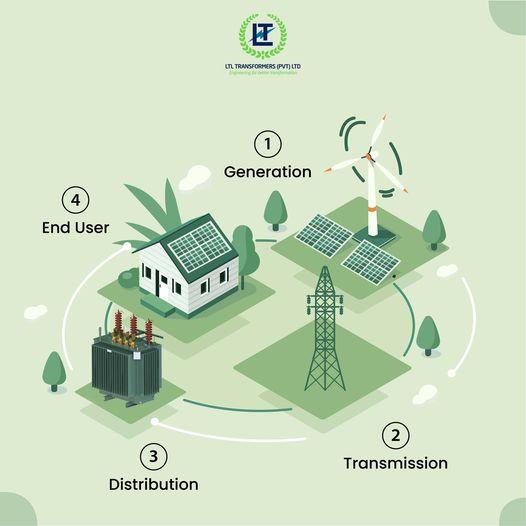A Closer Look at Ceylon Electricity and Wind Power Plants

In recent years, the push for sustainable and clean energy sources has gained significant momentum across the globe. Sri Lanka, a stunning island nation in South Asia, has been at the forefront of this movement with a strong focus on renewable energy sources like wind power. In this blog post, we will delve into the world of Ceylon Electricity, power plants in Sri Lanka, and specifically, the impact of wind power plants in the country.
Ceylon Electricity: Powering the Nation
Ceylon Electricity Board (CEB) is the leading electricity provider in Sri Lanka, responsible for generating, transmitting, and distributing electricity across the island. With a commitment to meeting the growing energy demands of the country while focusing on sustainability, CEB plays a crucial role in shaping Sri Lanka’s energy landscape.
Power Plants in Sri Lanka: Diversifying the Energy Mix
Sri Lanka boasts a mix of power plants, including thermal, hydropower, and renewable energy plants. Thermal power plants utilize fossil fuels like coal and oil to generate electricity, while hydropower plants harness the energy of flowing water. In recent years, the country has also made significant strides in developing wind power plants as part of its renewable energy portfolio.
Wind Power Plants in Sri Lanka: Embracing Sustainable Energy Solutions
Wind power plants have emerged as a key player in Sri Lanka’s renewable energy sector, offering a clean and sustainable alternative to traditional fossil fuel-based power generation. These plants harness the power of wind to generate electricity, significantly reducing carbon emissions and environmental impact.
One of the notable wind power projects in Sri Lanka is the Mannar Wind Power Plant, located in the north-western region of the country.
- Art
- Causes
- Crafts
- Dance
- Drinks
- Film
- Fitness
- Food
- Juegos
- Gardening
- Health
- Home
- Literature
- Music
- Networking
- Other
- Party
- Religion
- Shopping
- Sports
- Theater
- Wellness
- IT, Cloud, Software and Technology


